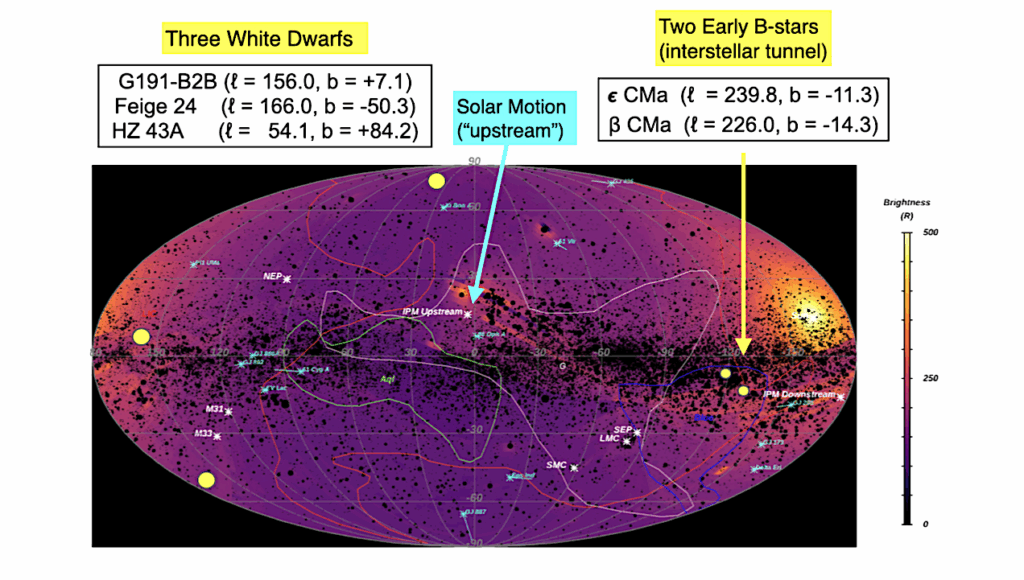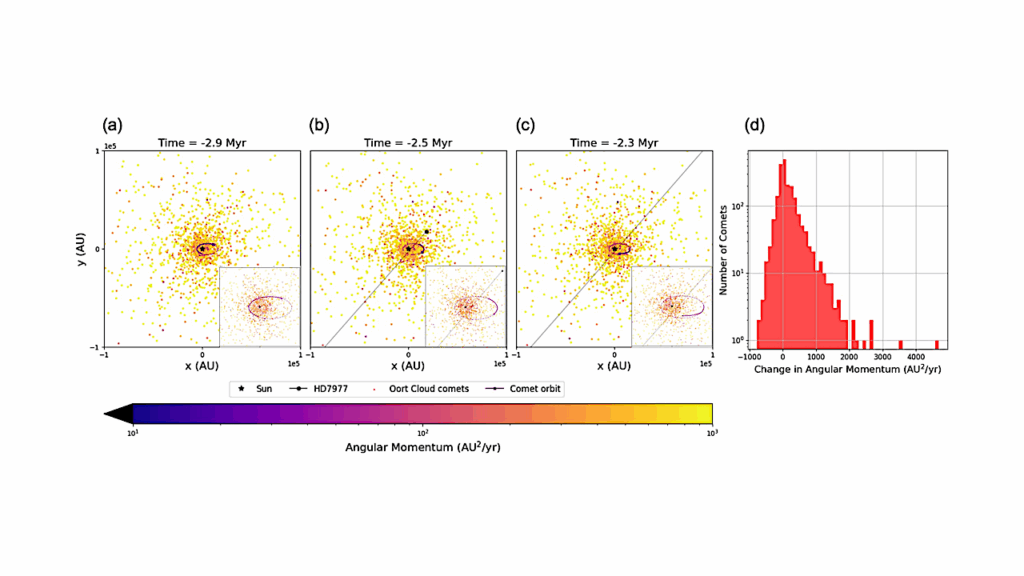What Killed Dinosaurs And Other Life On Earth?

Determining what killed the dinosaurs 66 million years ago at the end of the Cretaceous Period has long been the topic of debate, as scientists set out to determine what caused the five mass extinction events that reshaped life on planet Earth in a geological instant. Some scientists argue that comets or asteroids that crashed into Earth were the most likely agents of mass destruction, while others argue that large volcanic eruptions were the cause. A new Dartmouth-led study published in the Proceedings of the National Academy of Sciences (PNAS) reports that volcanic activity appears to have been the key driver of mass extinctions.
The findings provide the most compelling quantitative evidence so far that the link between major volcanic eruptions and wholesale species turnover is not simply a matter of chance.
Four of the five mass extinctions are contemporaneous with a type of volcanic outpouring called a flood basalt, the researchers say. These eruptions flood vast areas—even an entire continent—with lava in the blink of a geological eye, a mere million years. They leave behind giant fingerprints as evidence—extensive regions of step-like, igneous rock (solidified from the erupted lava) that geologists call “large igneous provinces.”
To count as “large,” a large igneous province must contain at least 100,000 cubic kilometers of magma. For context, the 1980 eruption of Mount St. Helens involved less than one cubic kilometer of magma. The researchers say that most of the volcanoes represented in the study erupted on the order of a million times more lava than that.
The team drew on three well-established datasets on geologic time scale, paleobiology, and large igneous provinces to examine the temporal connection between mass extinction and large igneous provinces.
“The large step-like areas of igneous rock from these big volcanic eruptions seem to line up in time with mass extinctions and other significant climactic and environmental events,”says lead author Theodore Green ’21, who conducted this research as part of the Senior Fellowship program at Dartmouth and is now a graduate student at Princeton.
In fact, a series of eruptions in present-day Siberia triggered the most destructive of the mass extinctions about 252 million years ago, releasing a gigantic pulse of carbon dioxide into the atmosphere and nearly choking off all life. Bearing witness are the Siberian Traps, a large region of volcanic rock roughly the size of Australia.
Volcanic eruptions also rocked the Indian subcontinent around the time of the great dinosaur die-off, creating what is known today as the Deccan plateau. This, much like the asteroid strike, would have had far-reaching global effects, blanketing the atmosphere in dust and toxic fumes, asphyxiating dinosaurs and other life in addition to altering the climate on long time scales.
On the other hand, the researchers say, the theories in favor of annihilation by asteroid impact hinge upon the Chicxulub impactor, a space rock that crash-landed into Mexico’s Yucatan Peninsula around the same time that the dinosaurs went extinct.
“All other theories that attempted to explain what killed the dinosaurs, including volcanism, got steamrolled when the Chicxulub impact crater was discovered,” says co-author Brenhin Keller, an assistant professor of earth sciences at Dartmouth. But there’s very little evidence of similar impact events that coincide with the other mass extinctions despite decades of exploration, he points out.
At Dartmouth, Green set out to find a way to quantify the apparent link between eruptions and extinctions and test whether the coincidence was just chance or whether there was evidence of a causal relationship between the two. Working with Keller and co-author Paul Renne, professor-in-residence of earth and planetary science at University of California, Berkeley and director of the Berkeley Geochronology Center, Green recruited the supercomputers at the Dartmouth Discovery Cluster to crunch the numbers.
The researchers compared the best available estimates of flood basalt eruptions with periods of drastic species kill-off in the geological timescale, including but not limited to the five mass extinctions. To prove that the timing was more than a random chance, they examined whether the eruptions would line up just as well with a randomly generated pattern and repeated the exercise with a 100 million such patterns. They found that the agreement with extinction periods was far greater than random chance.
“While it is difficult to determine if a particular volcanic outburst caused one particular mass extinction, our results make it hard to ignore the role of volcanism in extinction,” says Keller. If a causal link were to be found between volcanic flood basalts and mass extinctions, scientists expect that larger eruptions would entail more severe extinctions, but such a correlation has not been observed.
Rather than considering the absolute magnitude of eruptions, the research team ordered the volcanic events by the rate at which they spewed lava. They found that the volcanic events with the highest eruptive rates did indeed cause the most destruction, producing more severe extinctions up to the mass extinctions.
“Our results indicate that in all likelihood there would have been a mass extinction at the Cretaceous tertiary boundary of some significant magnitude, regardless of whether there was an impact or not, which can be shown more quantitatively now,” says Renne. “The fact that there was an impact undoubtedly made things worse.”
The researchers ran the numbers for asteroids too. The coincidence of impacts with periods of species turnover was significantly weaker, and dramatically worsened when the Chicxulub impactor was not considered, suggesting that other smaller known impactors did not cause significant extinctions.
The eruption rate of the Deccan Traps in India suggests that the stage was set for widespread extinction even without the asteroid, says Green. The impact was the double whammy that loudly sounded the death knell for the dinosaurs, he adds.
Flood basalt eruptions aren’t common in the geologic record, says Green. The last one of comparable but significantly smaller scale happened about 16 million years ago in the Pacific Northwest.
“While the total amount of carbon dioxide being released into the atmosphere in modern climate change is still very much smaller than the amount emitted by a large igneous province, thankfully,” says Keller, “we’re emitting it very fast, which is reason to be concerned.” Green says that carbon dioxide emissions are uncomfortably similar to the rate of the environmentally impactful flood basalts they studied. This places climate change in the framework of historical periods of environmental catastrophe, he says.
Green ([email protected]) and Keller ([email protected]) are available for comment about the study.
Astrobiology







